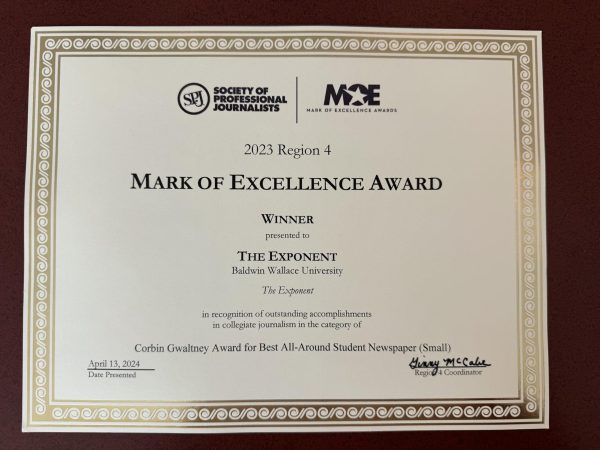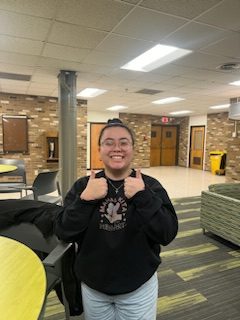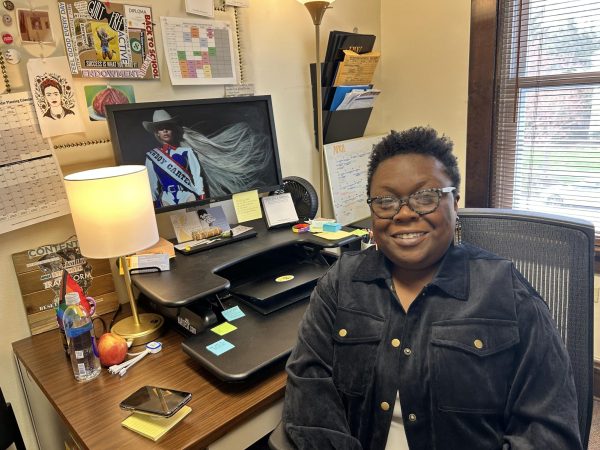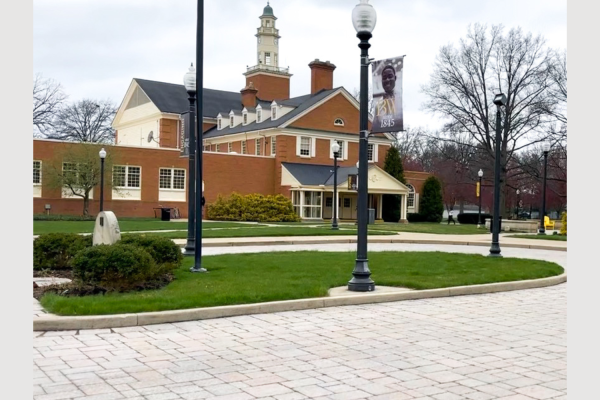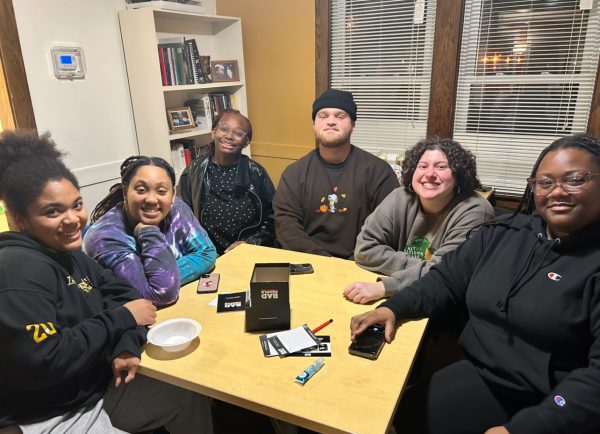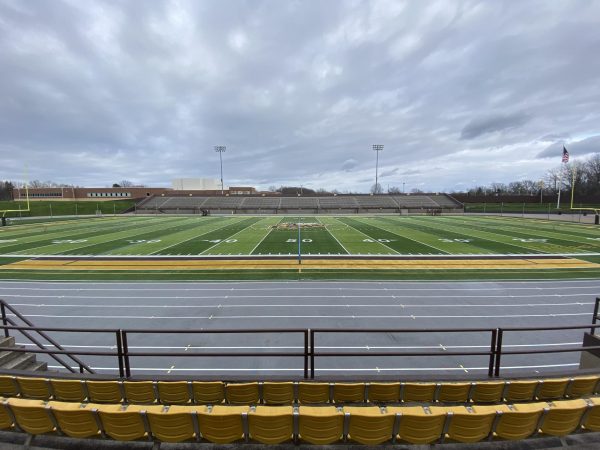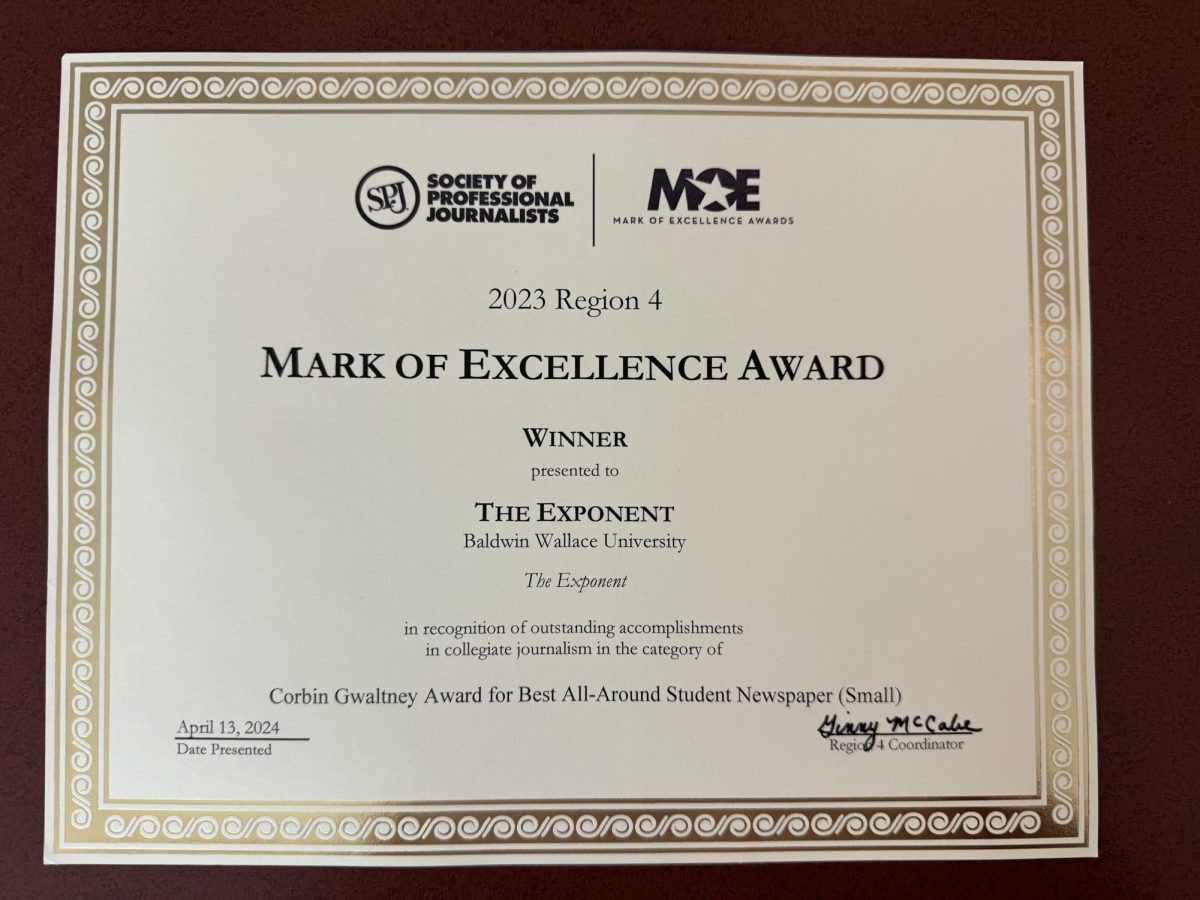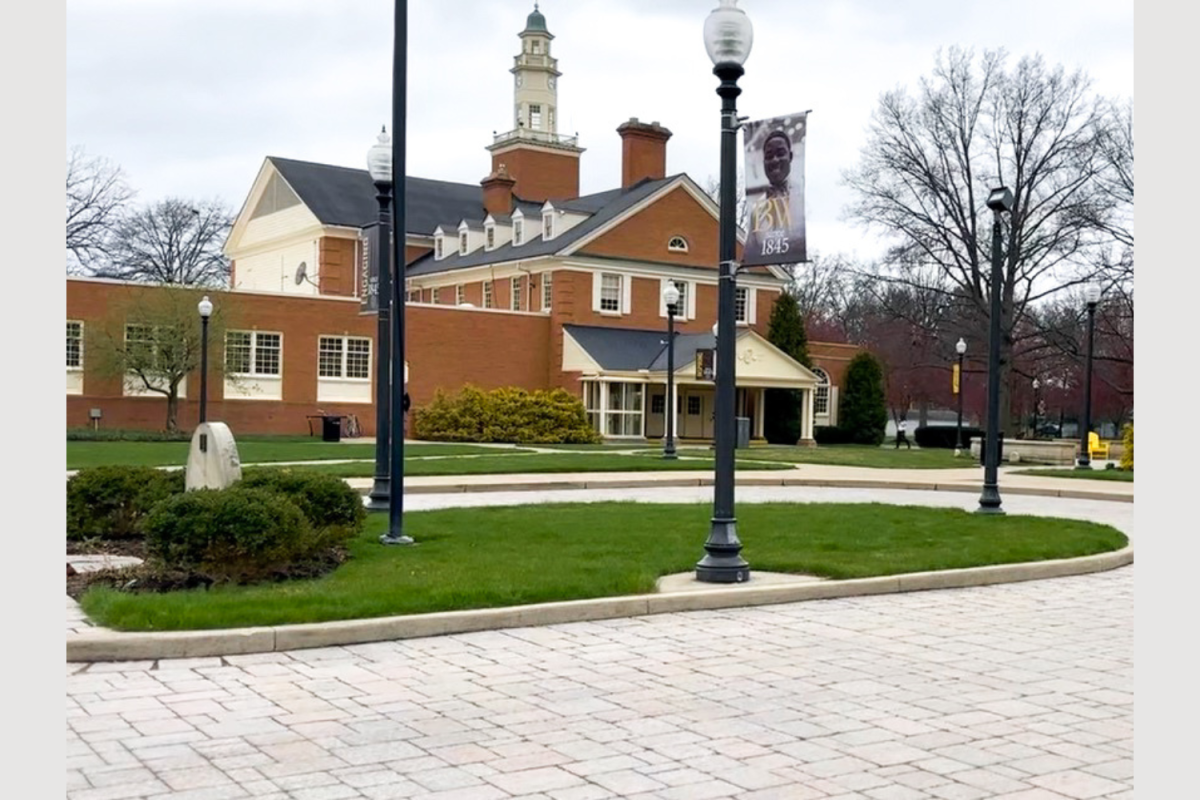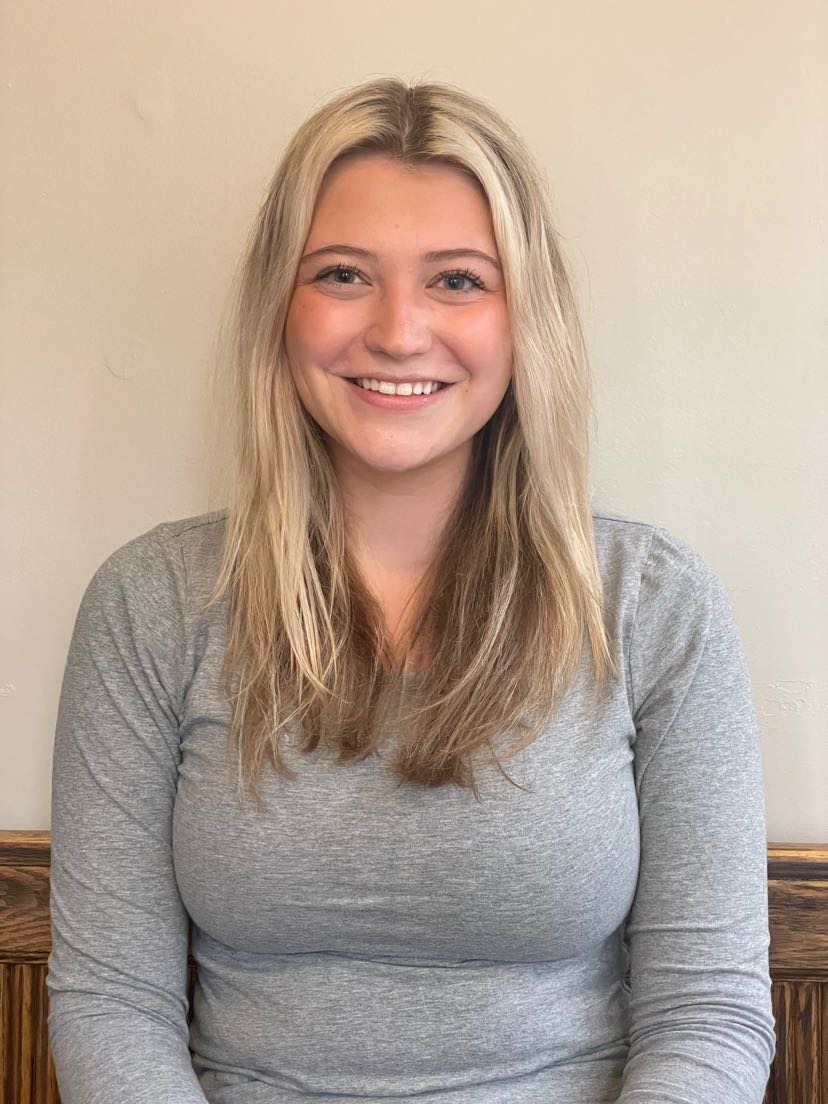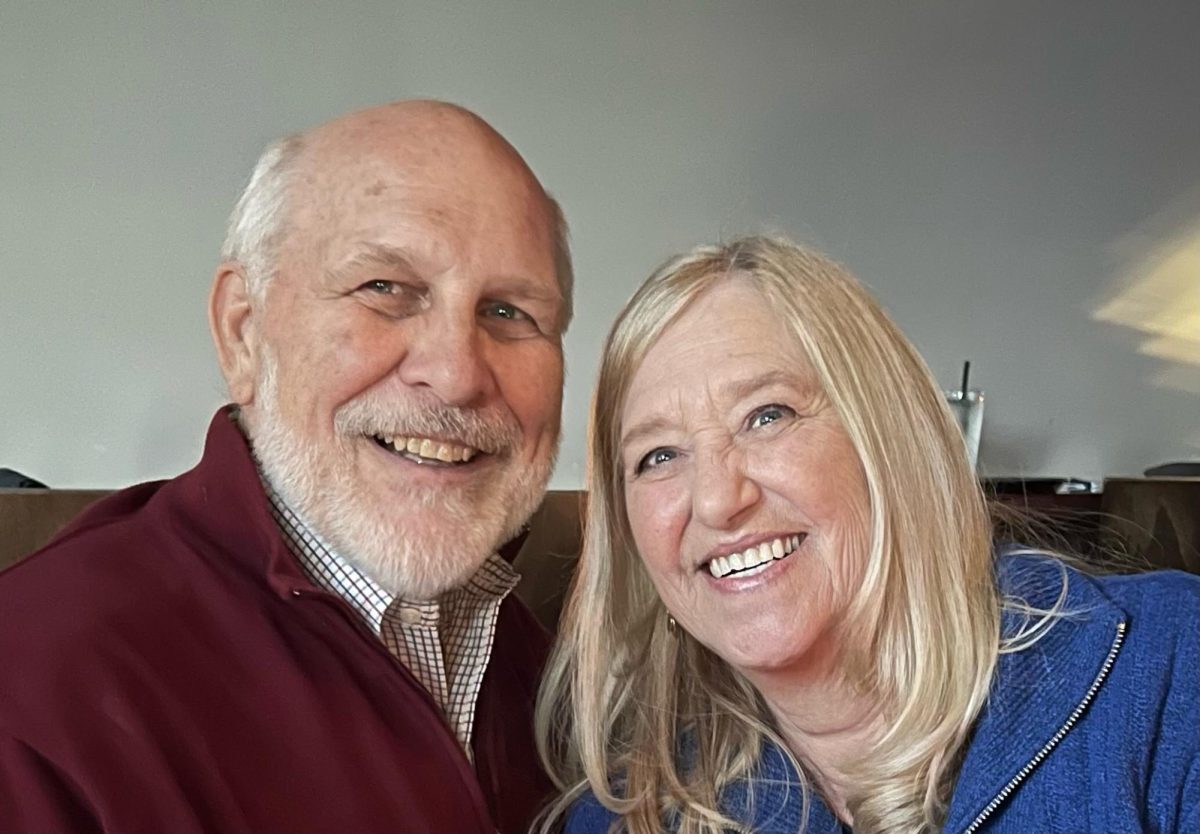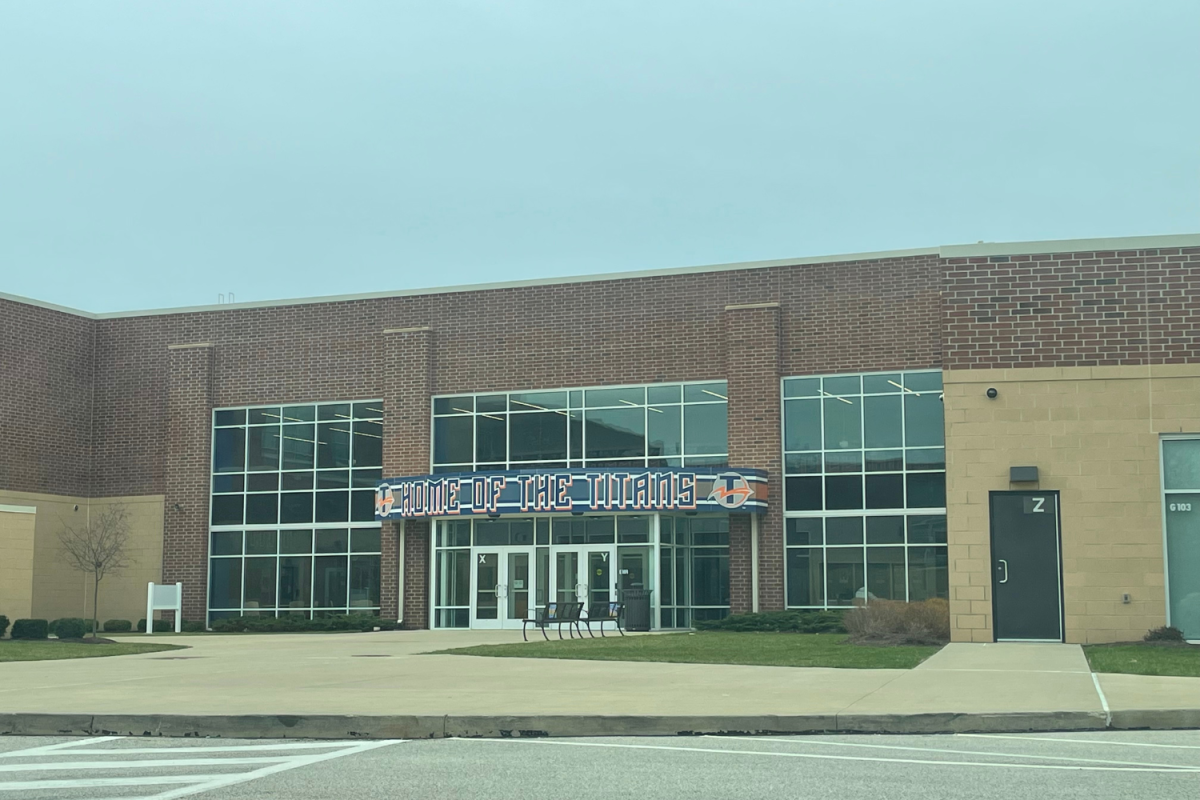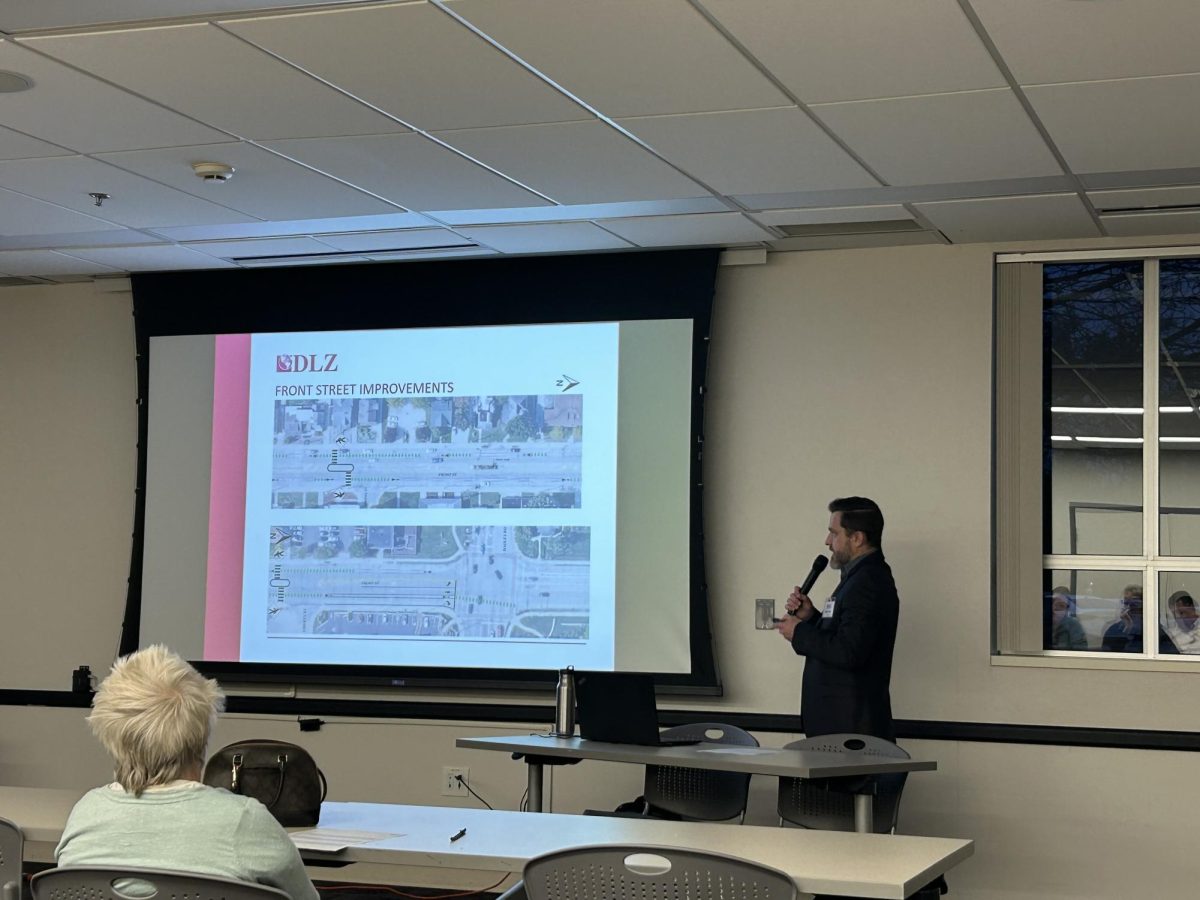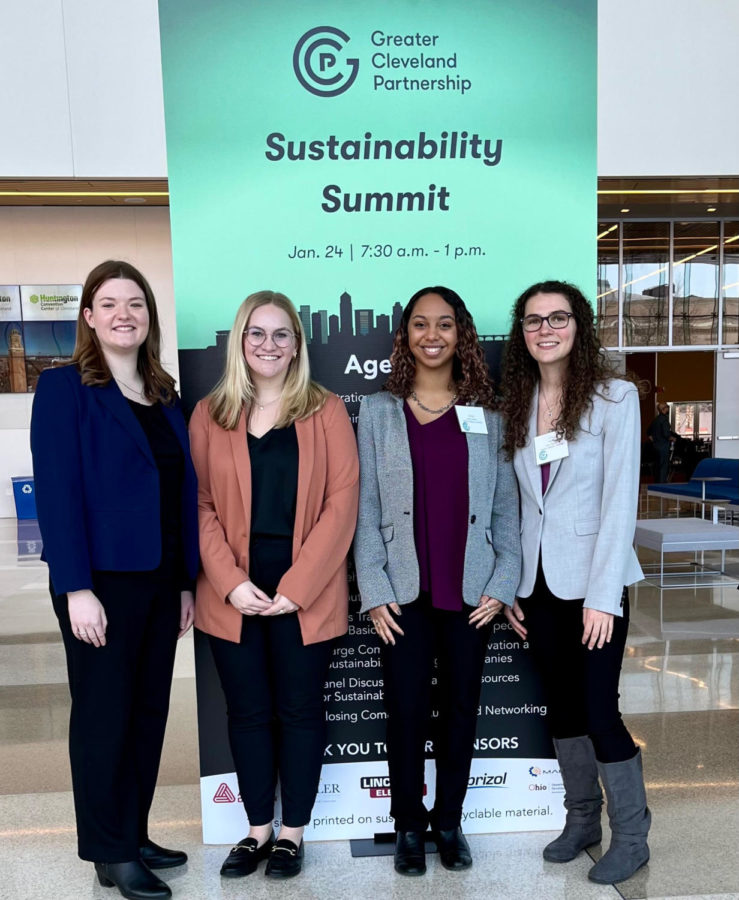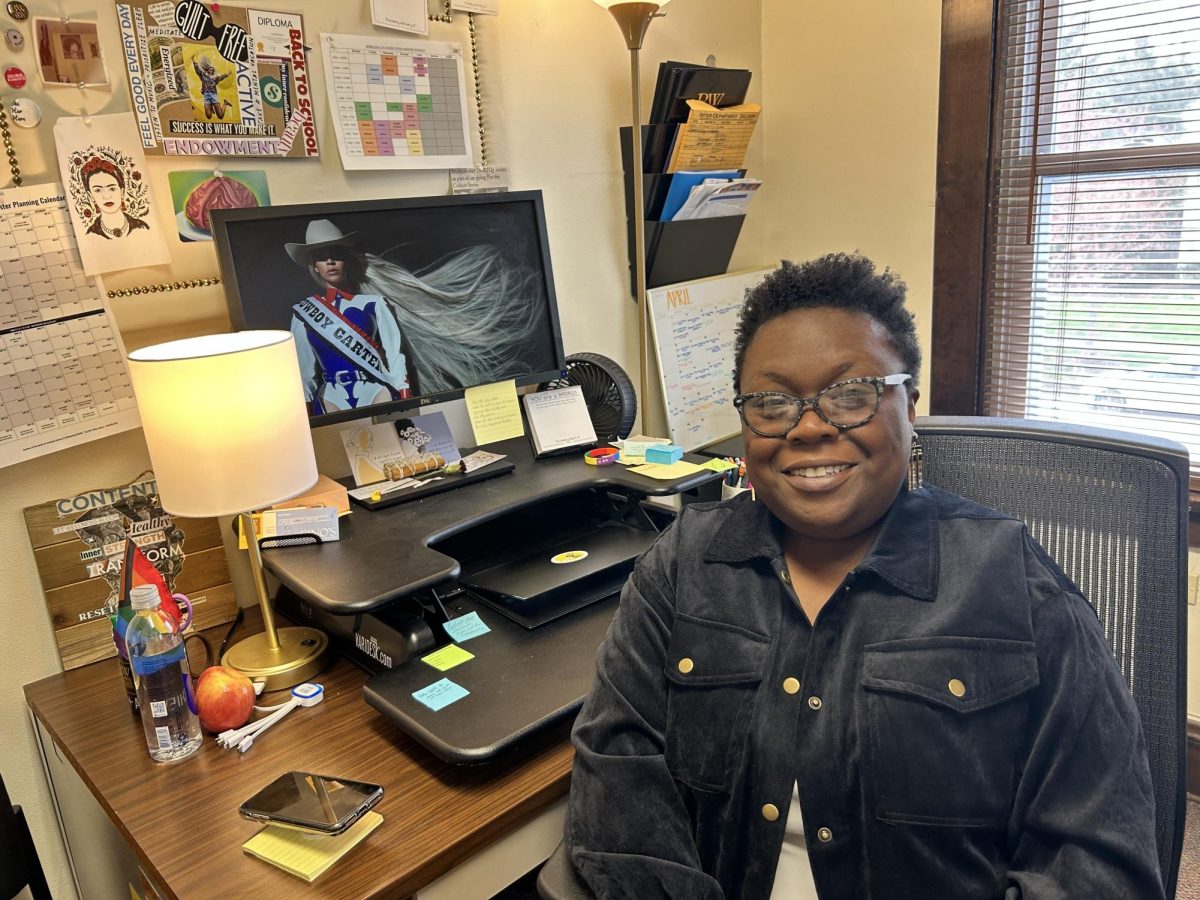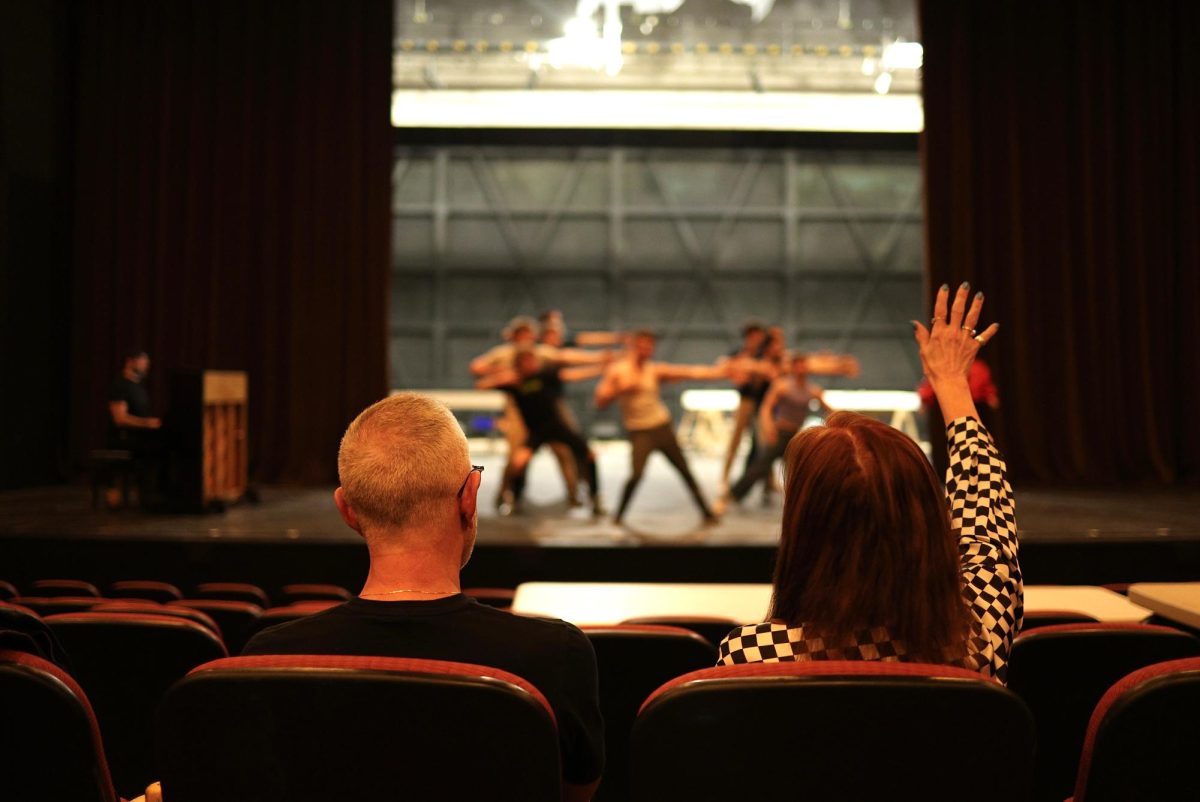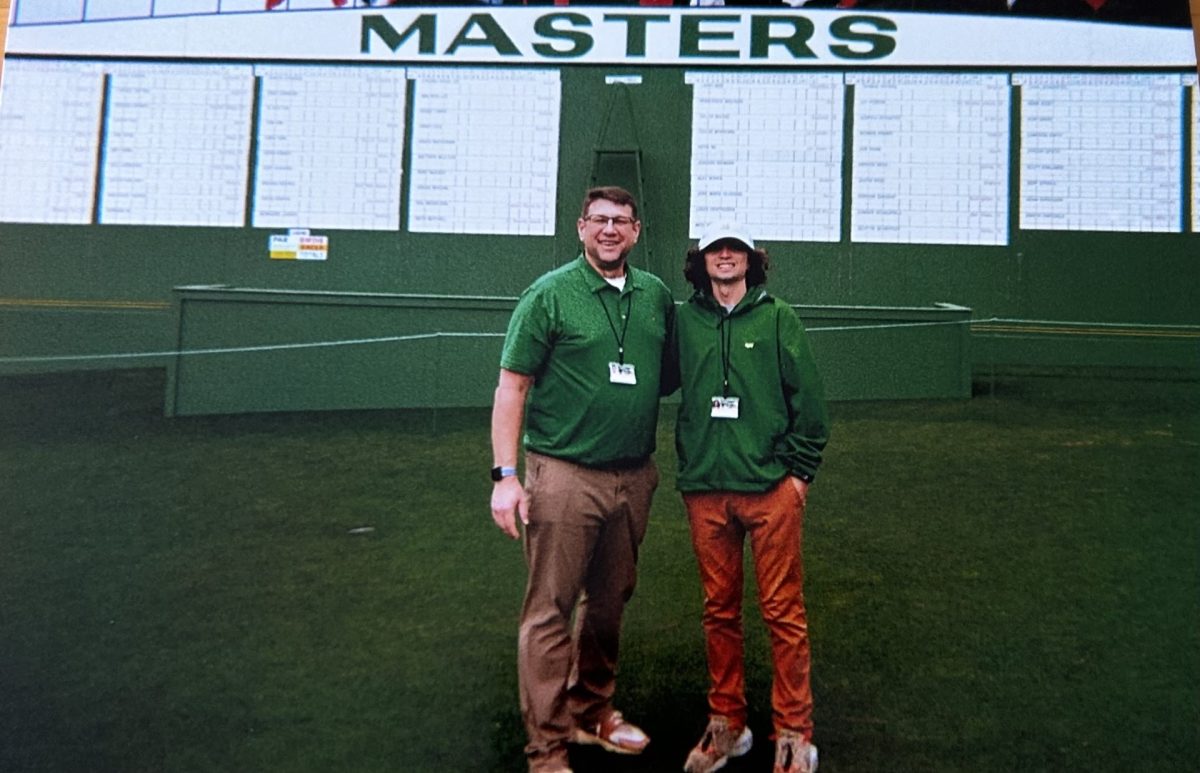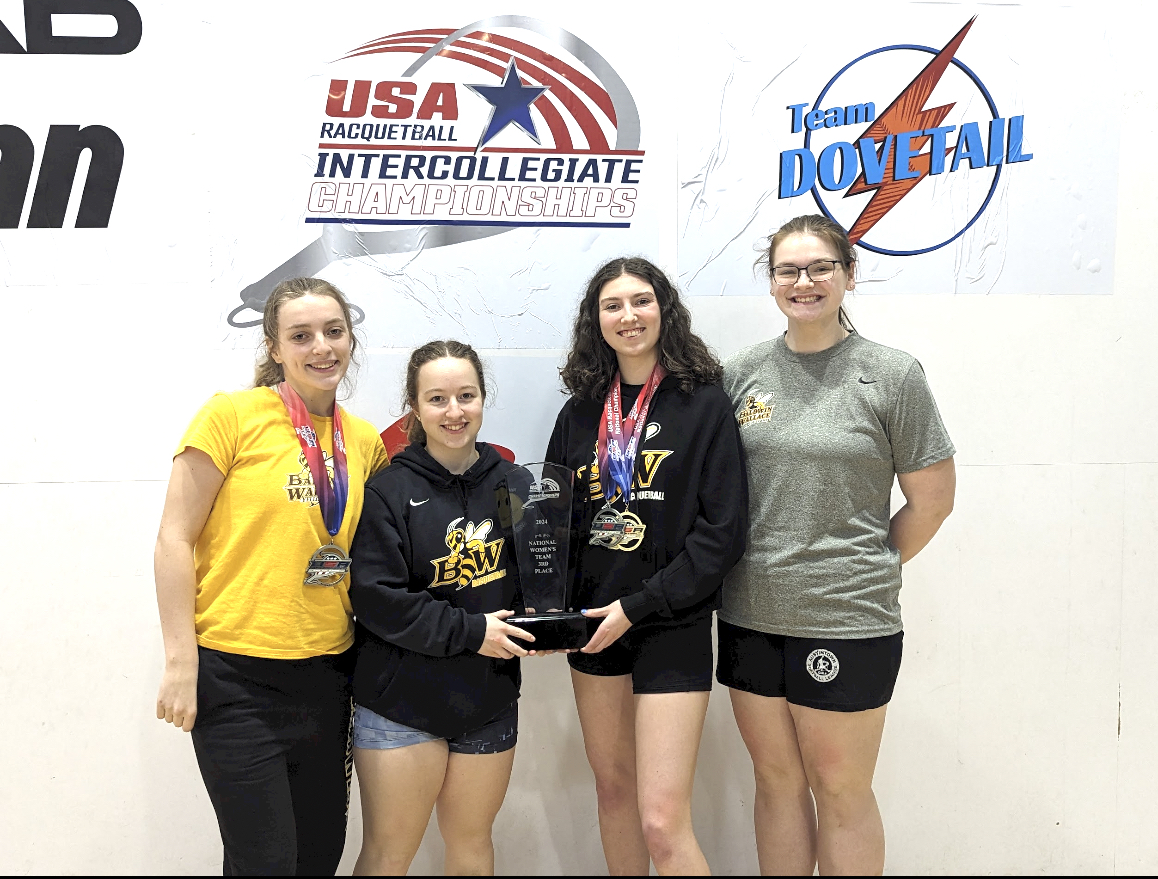Three BW students awarded NASA scholarship awards
Three Baldwin Wallace STEM students from the School of Natural Sciences, Mathematics and Computing were recently awarded Undergraduate Junior-Senior Scholarship awards for the 2017-2018 academic year, from the NASA/Ohio Space Grant Consortium.
The scholarship awards are a part of an extension of the National Space and Fellowship Grant Program that was founded in 1989. Also known as the Space Grant, the program consists of a coalition of over 850 affiliates that include universities, colleges, industry, museums, science centers, and state and local agencies from all 50 states, the District of Columbia, and the Commonwealth of Puerto Rico, according to NASA’s website.
BW recently joined the Ohio Space Grant Consortium, alongside 25 university and community college affiliates such as The Ohio State University and Case Western Reserve University. The branch is overseen by the government-affiliated NASA Glenn Research Center in Cleveland.
Overall, the program maintains the goal of contributing to the general collective of the United State’s scientific enterprises by seeking to fund endeavors such as academic research, continuing education, and public engagement initiatives.
To date, the program has contributed to various enrichment opportunities across the US, and has developed a plethora of programs. For more information on these programs, readers are encouraged to access the NASA National Space and Fellowship Grant Program website.
At BW, the grant program has recently recognized Tayla Brooks, senior biology major; Joel Kavaras, junior mathematics major; and Kyle Pellegrin, senior physics major; as three local recipients of their scholarship awards for their continued efforts in their respective fields.
Tayla Brooks is currently working under the supervision of Dr. Michael Kovach, chair of BW’s Biology Department, on further identifying novel characteristics of a strain of Pseudomonas aeruginosa – a bacterial strain responsible for causing Keratitis in individuals that wear contact-lenses. The disease is a serious eye infection that can arise in any of the estimated 30 million American contact-lens wearers, should they fail to maintain proper cleansing procedures of their contacts.
The research is primarily focused on identifying the characteristics that contribute to the bacteria’s virulence, or increased effectiveness in infecting individuals and spreading throughout their corneas.
“This is my first actual real research project at BW,” Brooks said.
Aside from the lab, her previous lab experience consisted primarily of those from class projects.
“I think this will help with what I want to do in the future…Working with microbes that specifically affect plants… and plants and genetic engineering,” Brooks said.
In the near future, Brooks said that she is still deciding between graduate programs and Ph.D. programs, but plans to apply shortly after graduation.
Joel Kavaras, according to a BW press release, is currently working alongside Dr. Aaron Montgomery to begin a computational analysis of the spread of Beech Leaf Disease throughout Northeast, OH.
Kavaras said in a phone interview that there is currently no known vector cause of the disease, only that it seems to have originated in Lakewood County OH, and has rapidly spread throughout the Northeastern portions of the state and into Pennsylvania.
He said that he originally became interested in the prevalence of the disease after attending a conference in January of 2016, where the disease was discussed and implications were projected. Earlier this year, he was contacted by his advisor regarding the scholarship, which prompted him to develop the research methods and submit the proposal.
Overall, Kavaras said that he hopes his efforts prove useful in further identifying causal relationships of diseases like Beech Leaf Disease, and is currently in the process of determining post-graduation routes which may include graduate school or continued work with the Cleveland Metroparks.
Kyle Pellegrin is currently working on varying BW’s Burrell Observatory telescope to comply with the American Association of Variable Star Observers’ standards, as a part of a larger goal to be able to quantify the brightness of certain stars.
Pellegrin said that it is not necessarily the telescope that needs to be modified, but that he is quantifying the data from a start that has been characterized to maintain a particular brightness to use as a foundation off of which he and others can compare levels of brightness.
The first step is to figure out any potential errors.
“We want to quantify the errors of the system to see how the camera responds to different light, what sort of noise is in the data… reduce that to get the most clear data possible. Then… look at a target that we are well established knowing how it changes over time,” Pellegrin said, “Once we have all our procedures in place and actually study this star, if we get something of the same value that the scientific community agrees on, then know everything we’ve done is correct.”
Pellegrin said that he envisions this project to contribute to an ongoing database collection that can be utilized by researchers from all around the world on various projects of interest.
He also said that when he graduates in May, he hopes to be accepted into a Ph.D. program focusing on Astrology, which is slightly different than what his goals were when he originally arrived at BW.
“I entered as a transfer student from [Cuyahoga Community College], and originally came to get my education degree in science education,” he said, “Unfortunately… there were scheduling conflicts between departments. That kind of pushed me toward looking at physics as a career.”
Pellegrin went on to say that he was initially concerned about having to take on a Ph.D. program to achieve his goals, but that his experiences throughout his physics courses and upper level mathematics courses provided him with the confidence that this route was something that he wanted to pursue.
Regarding students who may be in a similar situation, Pellegrin said that he highly recommends taking advantage of BW’s core modules.
“I transferred in basically taking my core at Tri-C, but the thing is that through that experience you have to take so many different classes in so many different areas, if you are careful, you’ll be able to select classes that seem to interest you,” he said.
By dabbling into various schools around campus, he said that this is the best way to test each different thing that one may be interested in.
The Exponent is looking for financial contributions to support our staff and our newsroom in producing high-quality, well-reported and accurate journalism. Thank you for taking the time to consider supporting our student journalists.

